“The Goring”: Nazi Gore and Goering
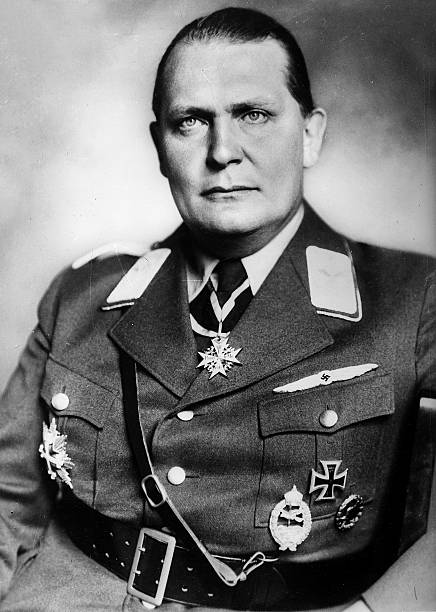
Pictured: Nazi leader, Hermann Goering Plath’s journals and calendars reveal that she attended a bullfight in Spain where she witnessed the picador gored by the bull. This of course was the first inspiration for the poem. But Plath had by now become adept in her multiple meanings. In 1956, two important books came out about […]
“Fiesta Melons”: Pin-up Pumpkins and Hollywood Honeydew

Plath loved Hollywood. Hollywood in 1956 was full of pin-up girls: Liz Taylor was the star of the moment with her movie, Giant. Marilyn Monroe starred in Bus Stop. Deborah Kerr was back with The King and I, and Jayne Mansfield became famous with The Girl Can’t Help It. Carroll Baker, Anita Ekberg, Sheree North, […]
“Wreath for a Bridal”: the Dysfunctional Marriage of Nations
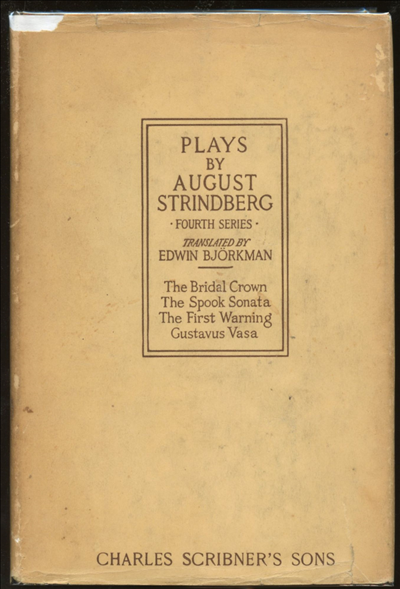
Plath’s poem “Wreath for a Bridal” was written on May 17, 1956 and is often read strictly discussing marriage and physical union. That is of course a small part of Plath’s meaning, but as with so many of her poems, it is more substantial than simply her own autobiography. It should not be overlooked that […]
“The Shrike”: Relentless Ambition
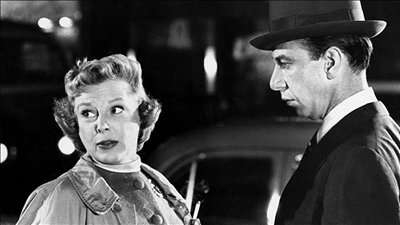
Pictured: A scene with “Mrs. Shrike” from “Shopping for Death” by Ray Bradbury, an episode on Alfred Hitchcock Presents. The Shrike bird might have metaphorically flown to the height of its popularity in 1956. President Dwight D. Eisenhower’s Air Force One was a Shrike U4-B (“The singular air”). That same year, the television program Alfred […]
“Recantation”: An Incantation of Political Disgust
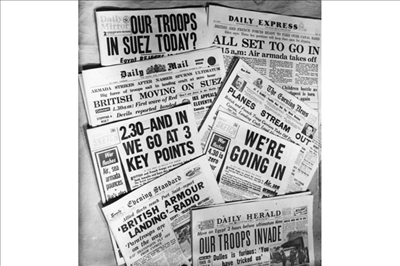
“Recantation” is an undated poem, but considering Britain’s stance regarding 1956’s crisis in the Suez, the French in Algeria, and the Hungarian Revolution, Sylvia Plath was angry at the United Kingdom too. In “Recantation,” she recants her new-found allegiance to her husband’s country in disgust over the Cold War politics, playing upon the idea of […]
“Dialogue Between Ghost and Priest,” “Monologue at 3 a.m.,” “The Glutton,” and “November Graveyard”: The Emotional Weight of National Guilt
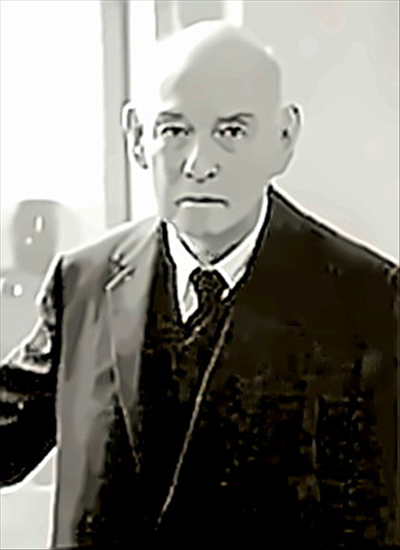
Pictured: The New Yorker’s celebrated editor, William Shawn Plath’s poem, “Dialogue Between Ghost and Priest” talks of the “black November” in the year of 1956 which severely escalated the Cold War. The character of “Father Shawn” may well be the editor of The New Yorker at the time, William Shawn. As an editor, Shawn seemed […]
“Street Song”: Double Jeopardy
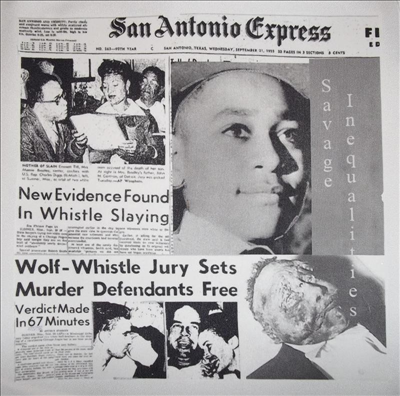
Pictured: Emmett Till in the 1956 newspaper headlines Judging from poems such as “Street Song,” Plath seemed to view herself as very blessed, coming from madness intact and in love, but never forgetting her past. This is the most obvious interpretation of “Street Song.” A closer look at the poem, written on October 4, 1956, […]
“Two Sisters of Persephone”: Poetry Goddesses
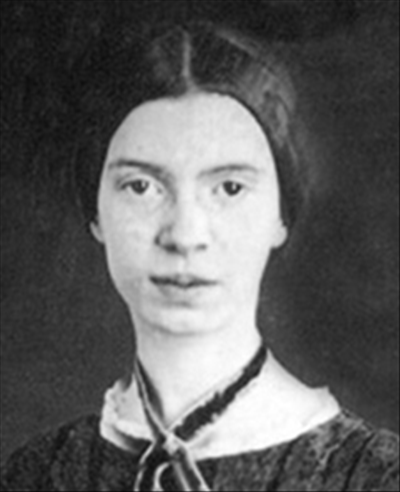
Pictured: Poet Emily Dickinson Plath read a lot of Plato at Cambridge in 1956, and the country of Greece went through a great deal of political upheaval that year. The island of Cyprus had been under British rule but was seeking to reunite with Greece. King Paul of Greece had three children with his wife: […]
“Epitaph for Fire and Flower”: Death of the Hollywood Marriage(s)
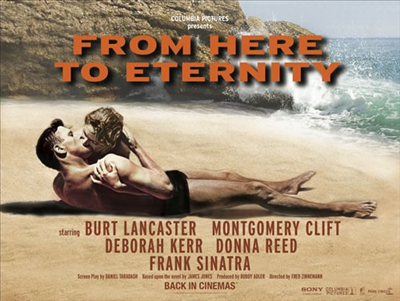
The poem “Epitaph for Fire and Flower” began on the beach at Benidorm on August 18, 1956. Plath’s pocket calendar titled it by its first line: “You might as well string up.” By the next day, she had given it its final name. Plath had begun reading William Shakespeare’s romp about containing masculine sexual desire […]
“Strumpet Song”: …And God Created Female Competition
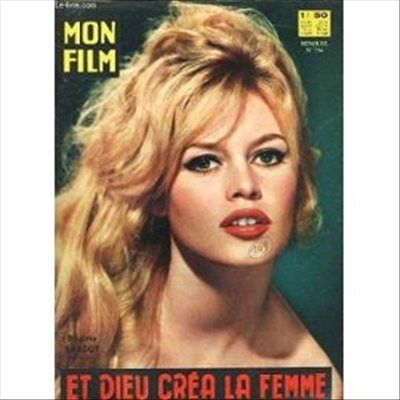
Plath wrote in her journals that “Strumpet Song” was written shortly after meeting Hughes (UJ, 410). It is a literary treatment of time in the metaphor of a whore (CP, 33). Plath’s first encounter with Hughes, when he kissed her “bang smash on the mouth” at a party and she bit his cheek (UJ, 212), […]
